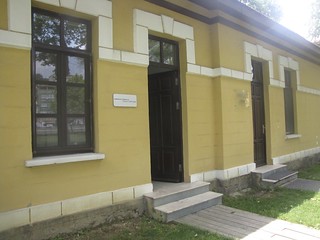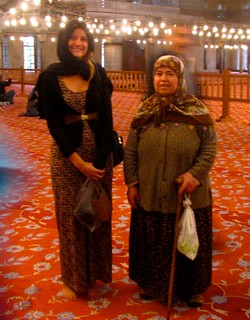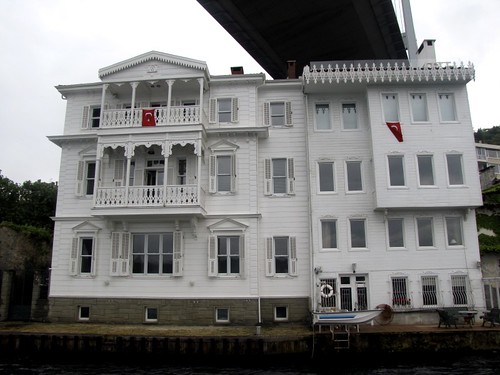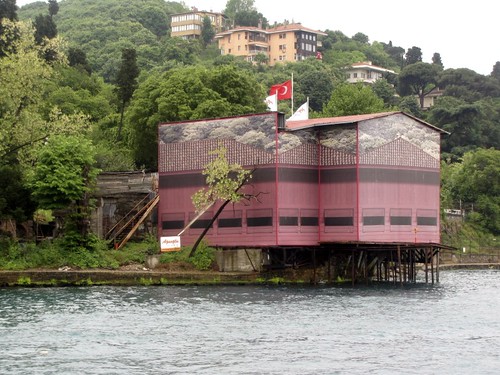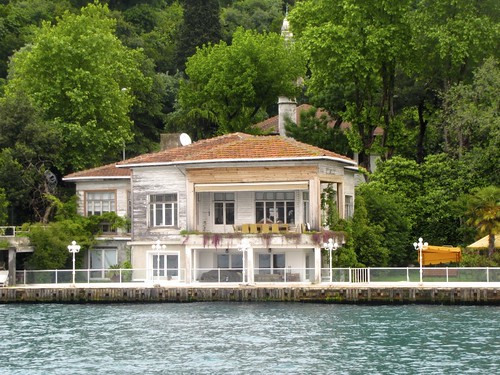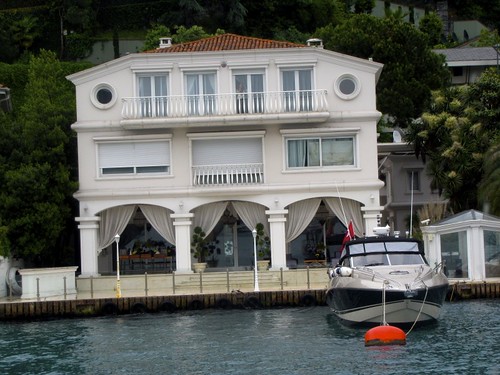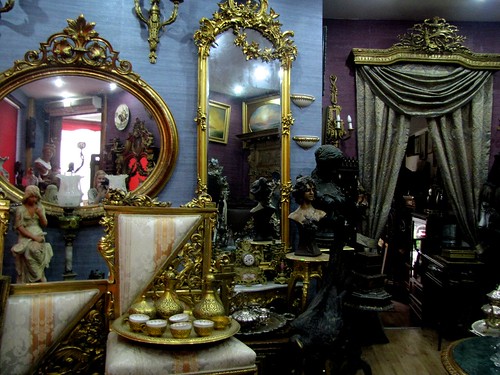Every day a little boy is celebrating his first entry into a healthy adulthood. Being circumcised is a tradition for children among many religions. It is an operation in which the foreskin of the penis is removed. It is common that this process happens when the boy is born, but in Turkey it is a celebration that happens anywhere from age 2 to 14 years old. It stems from a tradition in Islam that was brought by the Prophet Mohammed. Anything that the Prophet does or says is called Sunnet, which is the word to describe this right of passage. When it is a young boy’s time for Sunnet, he and his family celebrate by dressing him up as a Sultan for a day. Sometimes families take their sons to the fourth holiest place in Islamic culture, Eyup. It is the name of a good friend of the Prophet Mohammed who helped him during his journey from Mecca to Medine as he hosted Mohammed in his home for seven months during his trip. Eyup is full of life and has a very popular mosque that many of these little sultans visit to celebrate their special day.

After a day of fun in their costumes with their families, the boys usually go to a hospital for their operation. When they arrive home, they are typically greeted by other family members who have prepared a big feast. a big bed with the words Masallah or “God preserve him” written over it as they await their recovery.


